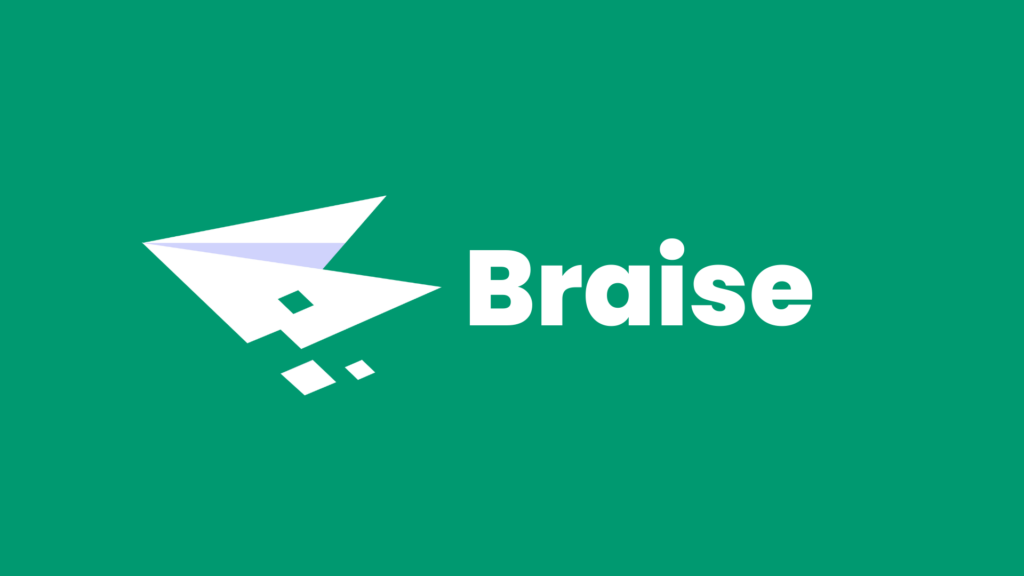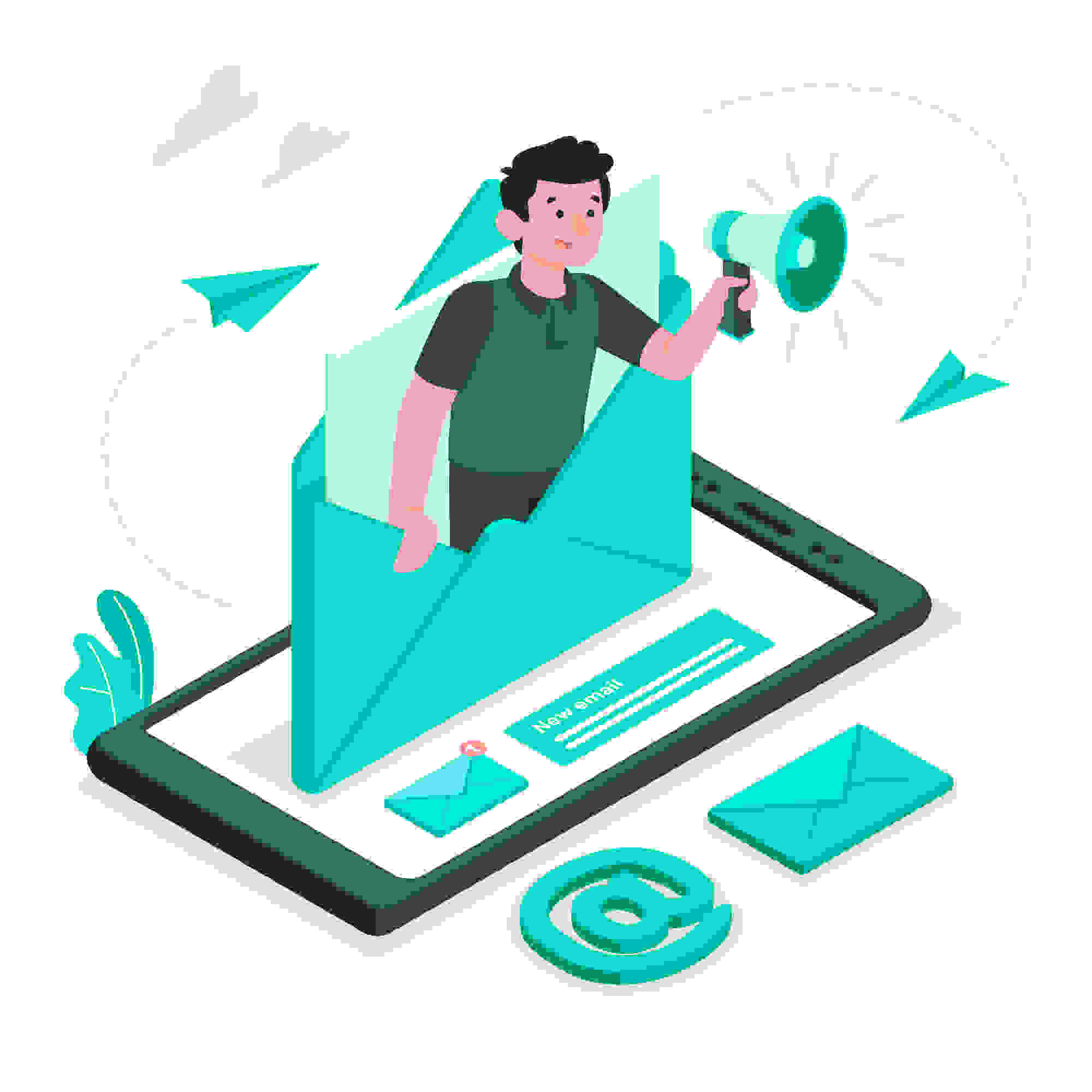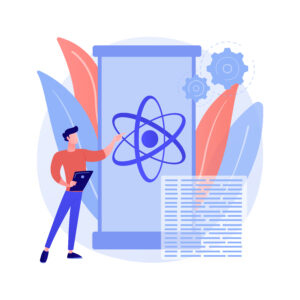Introduction
In today’s digital age, where businesses strive to connect with their target audiences through various channels, email marketing remains an evergreen and influential tool. This article delves into the world of email marketing, exploring its nuances, and the different types of email campaigns, and providing valuable insights for those aspiring to become email marketers or improve their existing skills. Ready to supercharge your email marketing? Contact us today to elevate your campaigns and boost conversions
What is Email Marketing?
Email marketing is a powerful digital marketing strategy that involves sending targeted emails to a group of recipients to engage, inform, and ultimately convert them into loyal customers. It’s the digital equivalent of traditional direct mail marketing but with far greater reach and precision.
Effective email marketing involves crafting compelling content, segmenting your audience, personalizing messages, and analyzing campaign performance. Whether you’re a small business owner, a digital marketer, or someone looking to advance your career, understanding email marketing is essential for success in today’s competitive landscape.
The Four Types of Email Marketing
1. Promotional Emails
Promotional emails are designed to promote products, services, or special offers. These messages are often used to drive sales, increase website traffic, or boost engagement. Examples include newsletters featuring the latest products, holiday sale announcements, and exclusive discounts for subscribers.
2. Transactional Emails
Transactional emails are triggered by a user’s interaction with a website or application. They provide essential information related to a specific action, such as purchase confirmations, order tracking updates, and password reset instructions. These emails are highly relevant and often have high open rates.
3. Relational Emails
Relational emails focus on building and nurturing relationships with subscribers. They aim to engage, educate, and connect with the audience on a more personal level. Examples include welcome emails for new subscribers, educational content, and surveys to gather feedback.
4. Lifecycle Emails
Lifecycle emails are strategically timed messages sent at different stages of the customer journey. They cater to subscribers based on their behavior, preferences, and interests. Examples include onboarding sequences for new customers, re-engagement campaigns for inactive subscribers, and upsell offers for existing customers.
How to Become an Email Marketer
If you’re interested in pursuing a career in email marketing, you’ll need a combination of skills and qualifications. Start with the basics:
- Digital Marketing Knowledge: Understand the fundamentals of digital marketing, as email marketing is a subset of this field.
- Email Marketing Tools: Familiarize yourself with email marketing platforms like MailChimp, Constant Contact, or HubSpot.
- Copywriting Skills: Learn to craft compelling email content that drives engagement and conversions.
- Analytics and Metrics: Understand how to measure the success of your email campaigns.
There are several paths to becoming an email marketer. You can pursue formal education, take online courses, or gain hands-on experience through internships or entry-level positions. Remember, the field is continually evolving, so staying updated with the latest trends and best practices is crucial for success.
Seven Email Marketing Strategies
1. Segmentation
Segmentation involves dividing your email list into smaller, targeted groups based on criteria like demographics, behavior, and purchase history. This allows you to send more relevant content to each segment, increasing engagement and conversions.
To effectively segment your list, start by collecting data and understanding your audience. You can segment based on location, past purchase behavior, engagement with previous emails, or even interests.
2. Personalization
Personalization is the art of tailoring your email content to each recipient’s preferences and behavior. This can include addressing subscribers by their first name, recommending products based on past purchases, or sending birthday greetings.
Personalized emails have been shown to significantly improve open rates and click-through rates, making them a vital strategy for email marketing success.
3. Automation
Email automation allows you to send emails to your subscribers based on predefined triggers or schedules. This ensures that the right message reaches the right person at the right time, without manual intervention.
Common automated email sequences include welcome emails, abandoned cart reminders, and post-purchase follow-ups. Automation saves time and improves consistency in your email marketing efforts.
4. A/B Testing
A/B testing, or split testing, involves sending two versions of an email to different segments of your audience to determine which performs better. You can test various elements such as subject lines, email content, images, and call-to-action buttons.
By continuously testing and optimizing your emails, you can improve open and click-through rates, ultimately leading to higher conversion rates.
5. Opt-In Campaigns
Building a healthy email list is essential for email marketing success. Opt-in campaigns encourage users to voluntarily subscribe to your emails, ensuring that your audience is genuinely interested in your content.
Strategies for growing your email list include offering incentives like discounts or exclusive content, using popup forms on your website, and promoting your newsletter on social media.
6. Mobile Optimization
With the majority of emails being opened on mobile devices, it’s crucial to ensure that your email campaigns are mobile-friendly. This means using responsive email templates that adapt to different screen sizes.
Keep your email content concise and visually appealing on mobile devices to enhance the user experience.
7. Analytics and Metrics
To gauge the success of your email marketing efforts, it’s essential to track key metrics. These include open rates, click-through rates, conversion rates, unsubscribe rates, and revenue generated from email campaigns.
Use email marketing analytics tools to gain insights into what’s working and what needs improvement. Use this data to refine your strategies and optimize future campaigns.
Conclusion
In conclusion, email marketing remains a cornerstone of digital marketing, offering businesses and individuals a powerful tool for engaging with their audience, nurturing relationships, and driving conversions. By understanding the various types of email campaigns, mastering email marketing strategies, and continuously learning and adapting to industry changes, you can become a proficient email marketer and harness the full potential of this versatile channel.
Ready to supercharge your email marketing? Contact us today to elevate your campaigns and boost conversions








